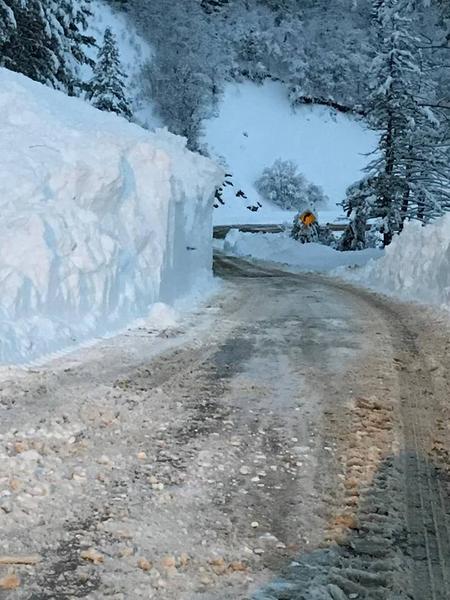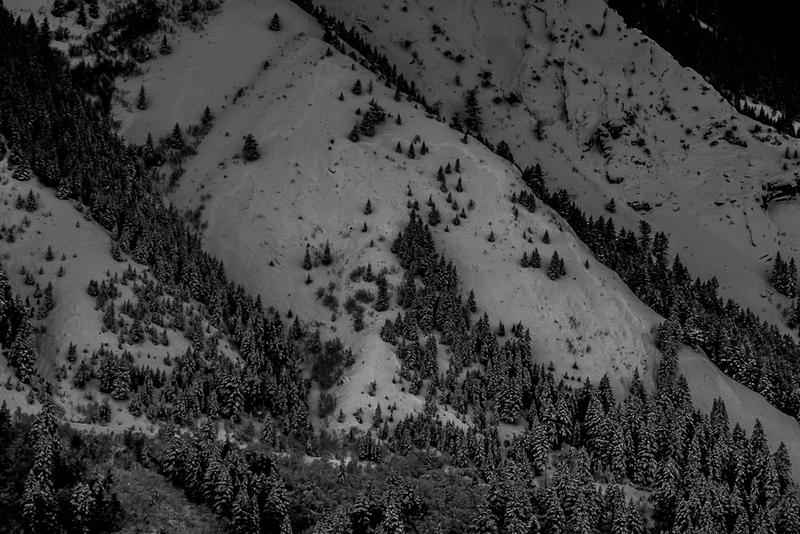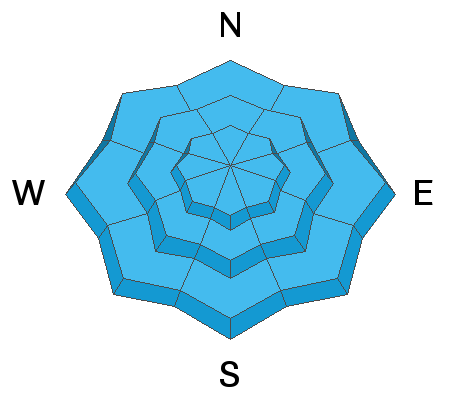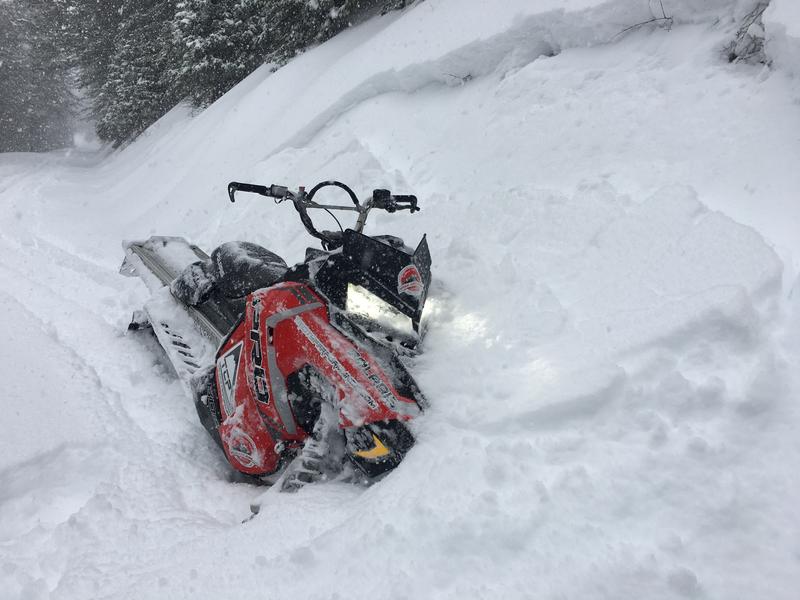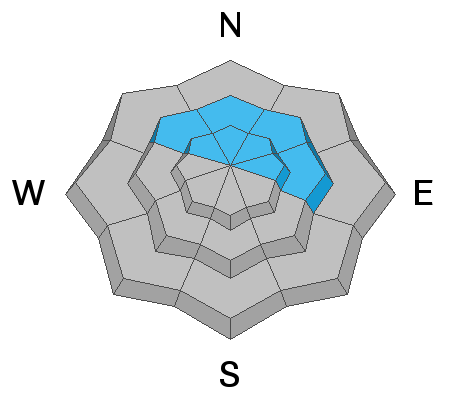Forecast for the Ogden Area Mountains

Issued by Mark Staples on
Monday morning, January 7, 2019
Monday morning, January 7, 2019
Today the avalanche danger is HIGH on all slopes. Heavy snowfall and strong south winds are rapidly loading slopes. Avoid all avalanche terrain today. Avoid being near or under any steep slope. The problem is not just the amount of snow and wind, but it is also the rate at which snow is falling which makes such dangerous conditions.

Low
Moderate
Considerable
High
Extreme
Learn how to read the forecast here


